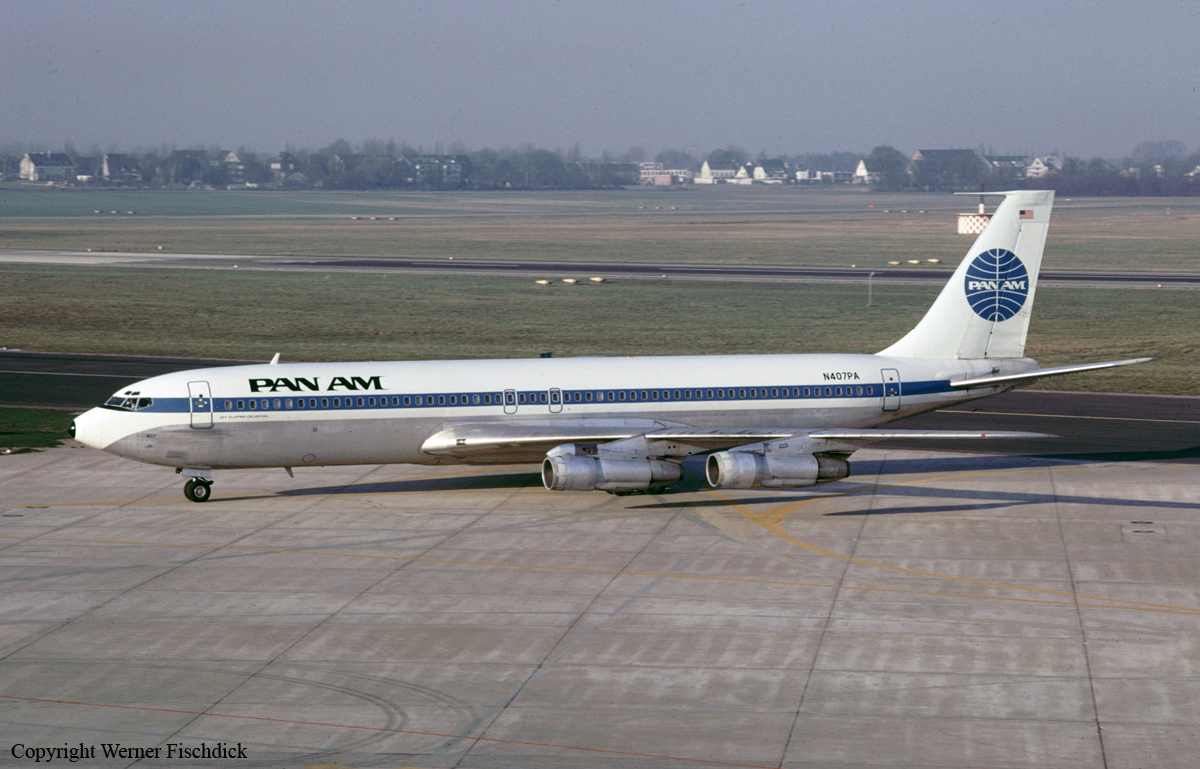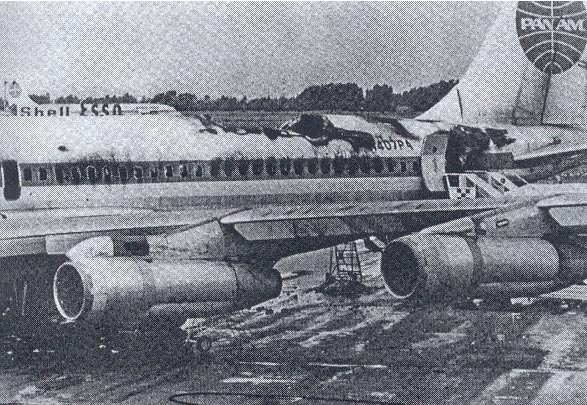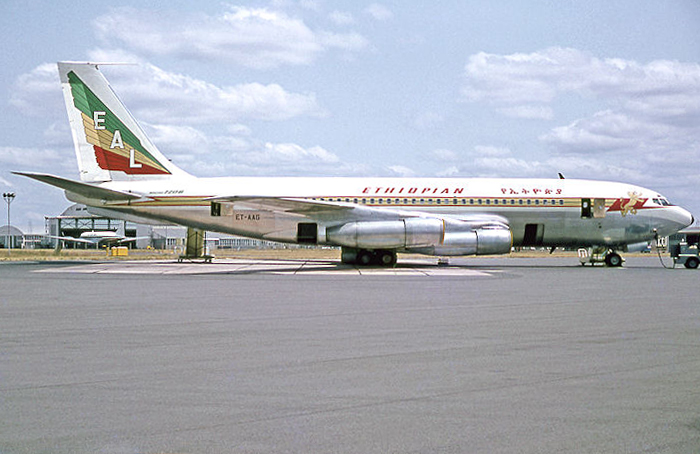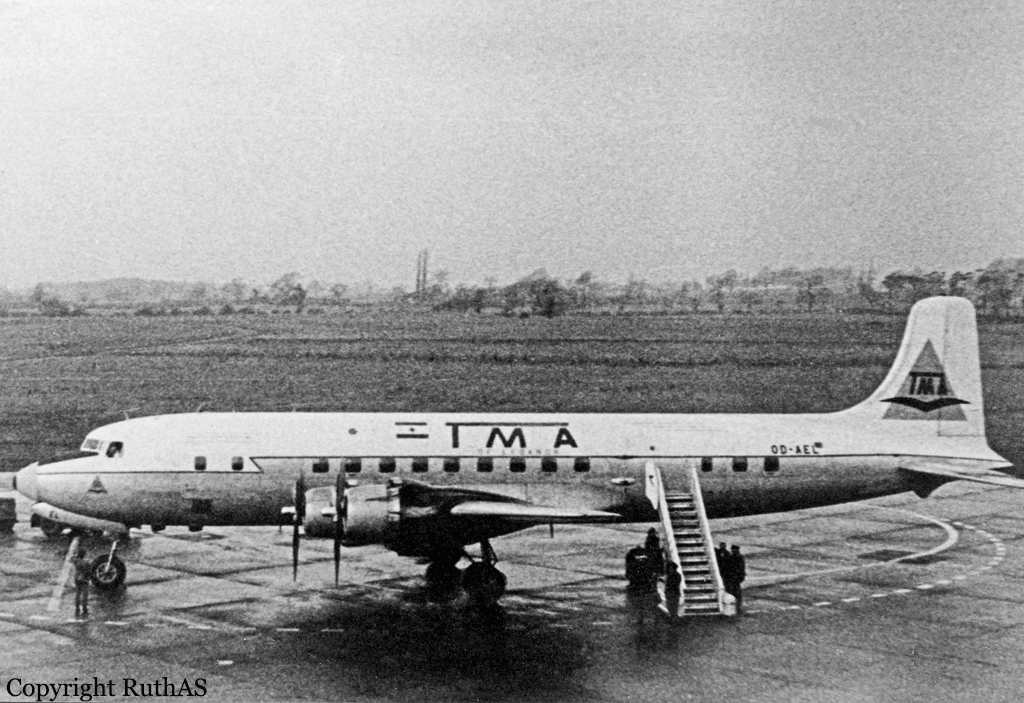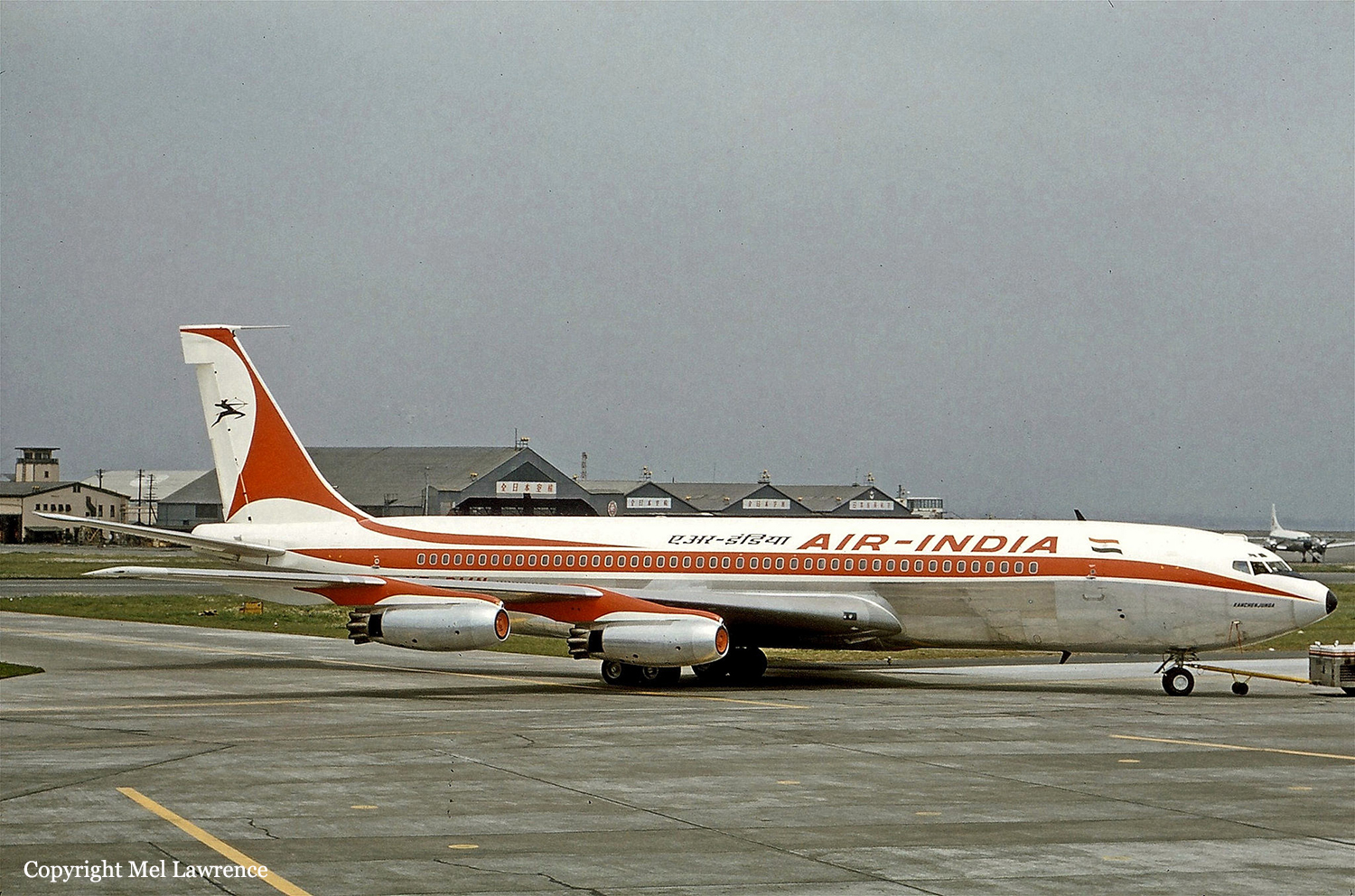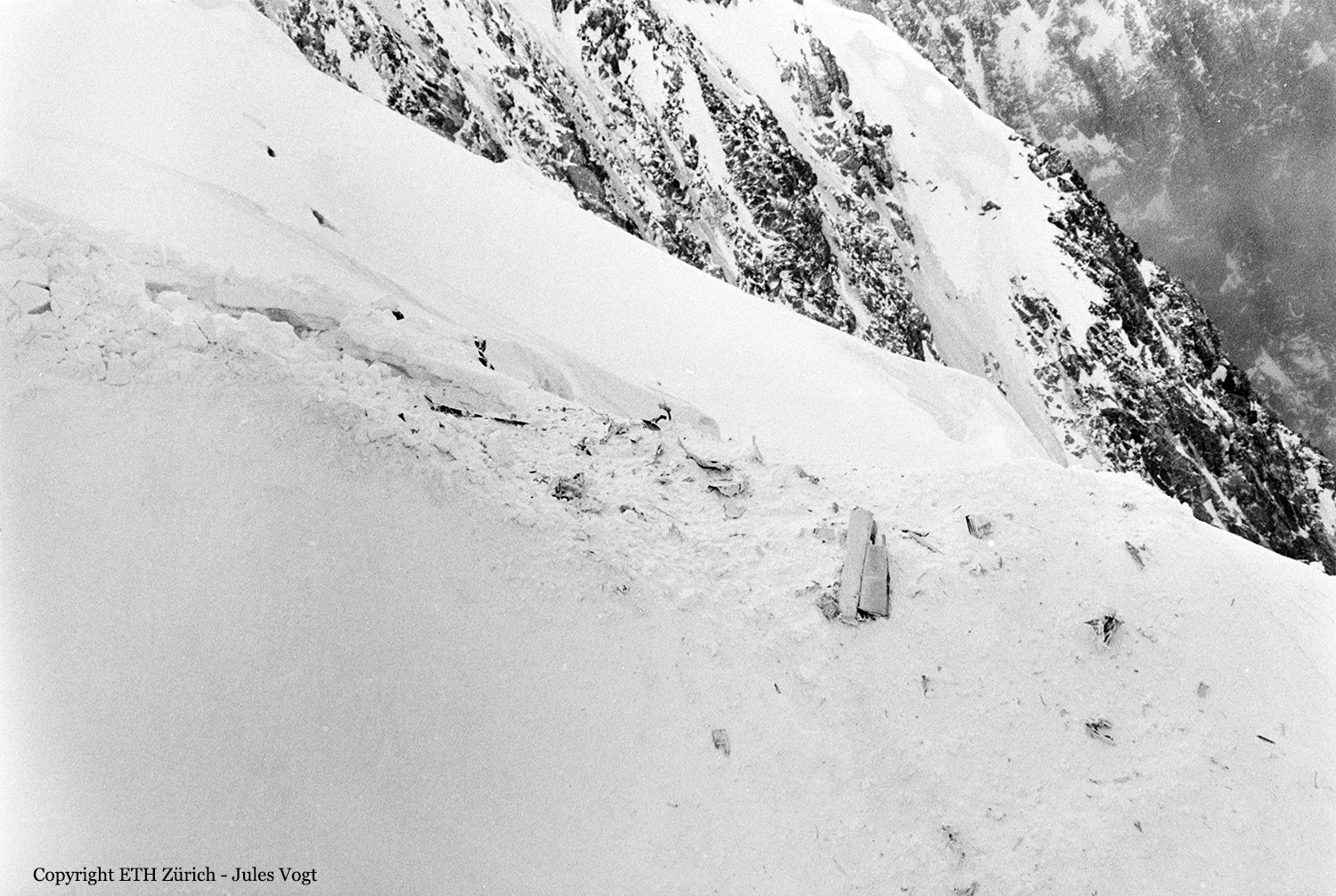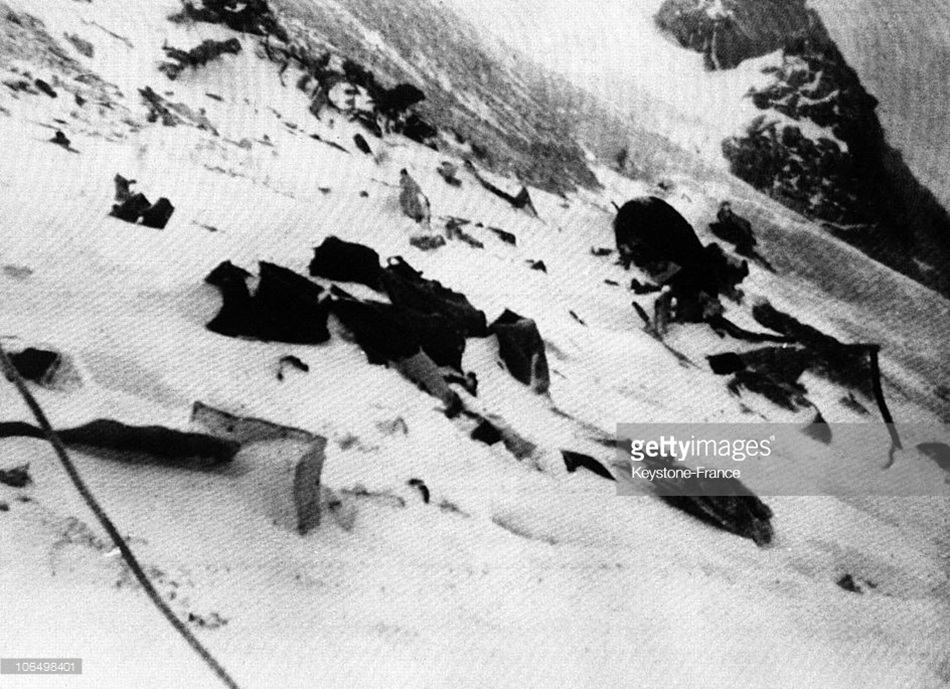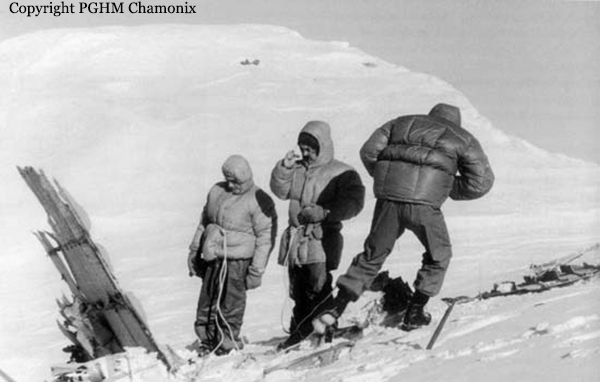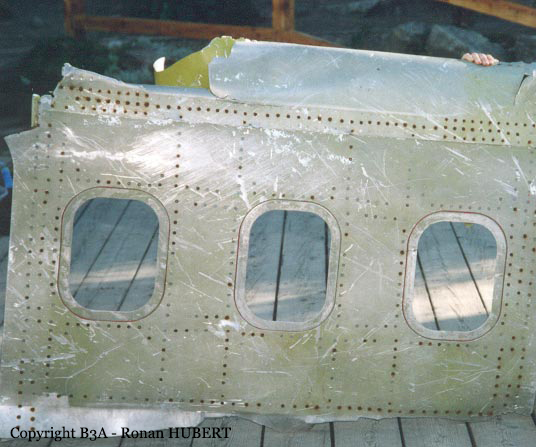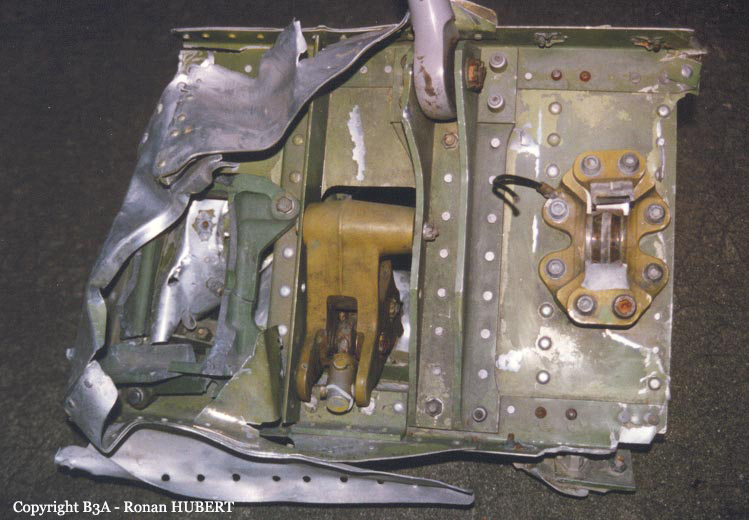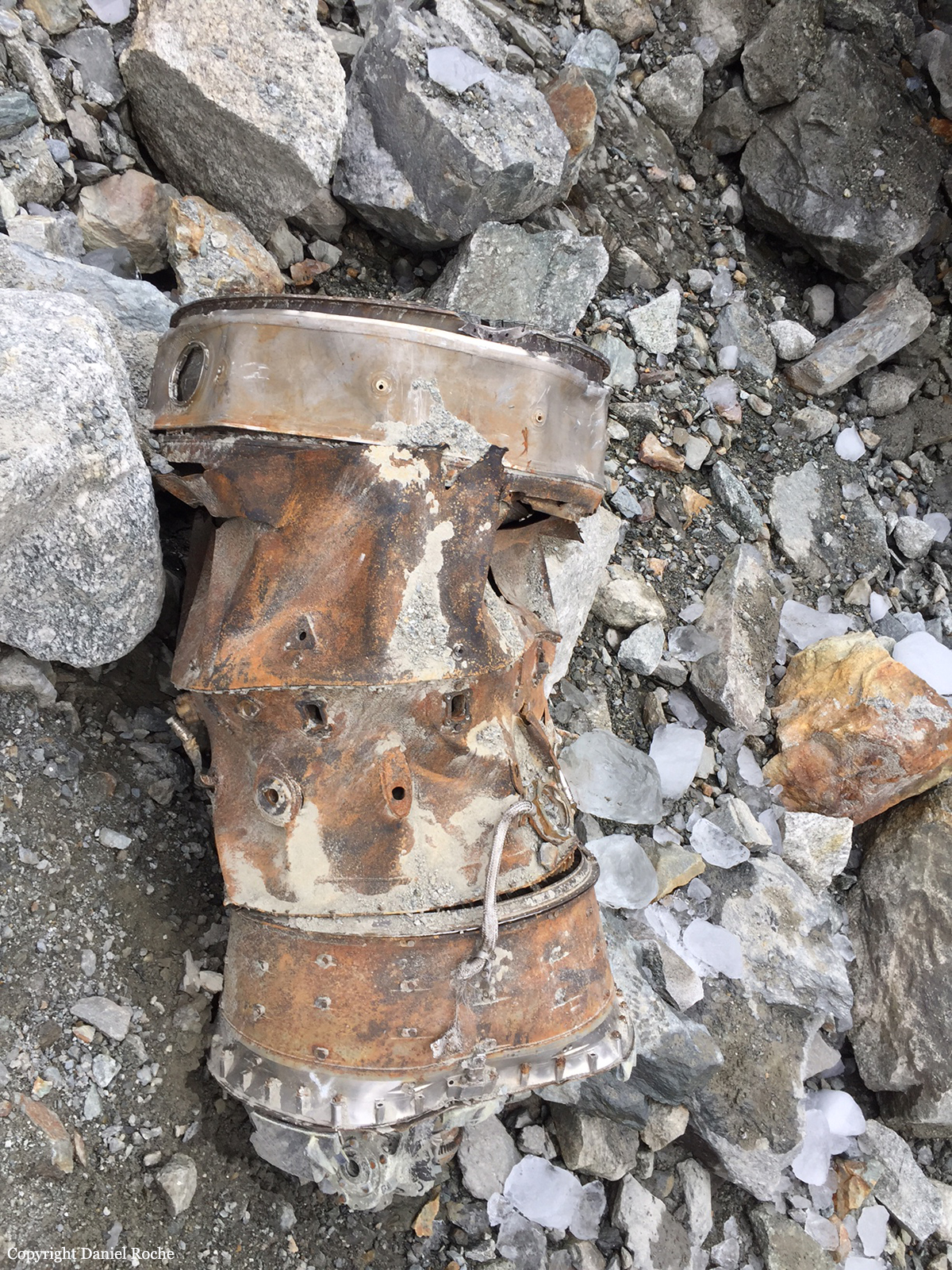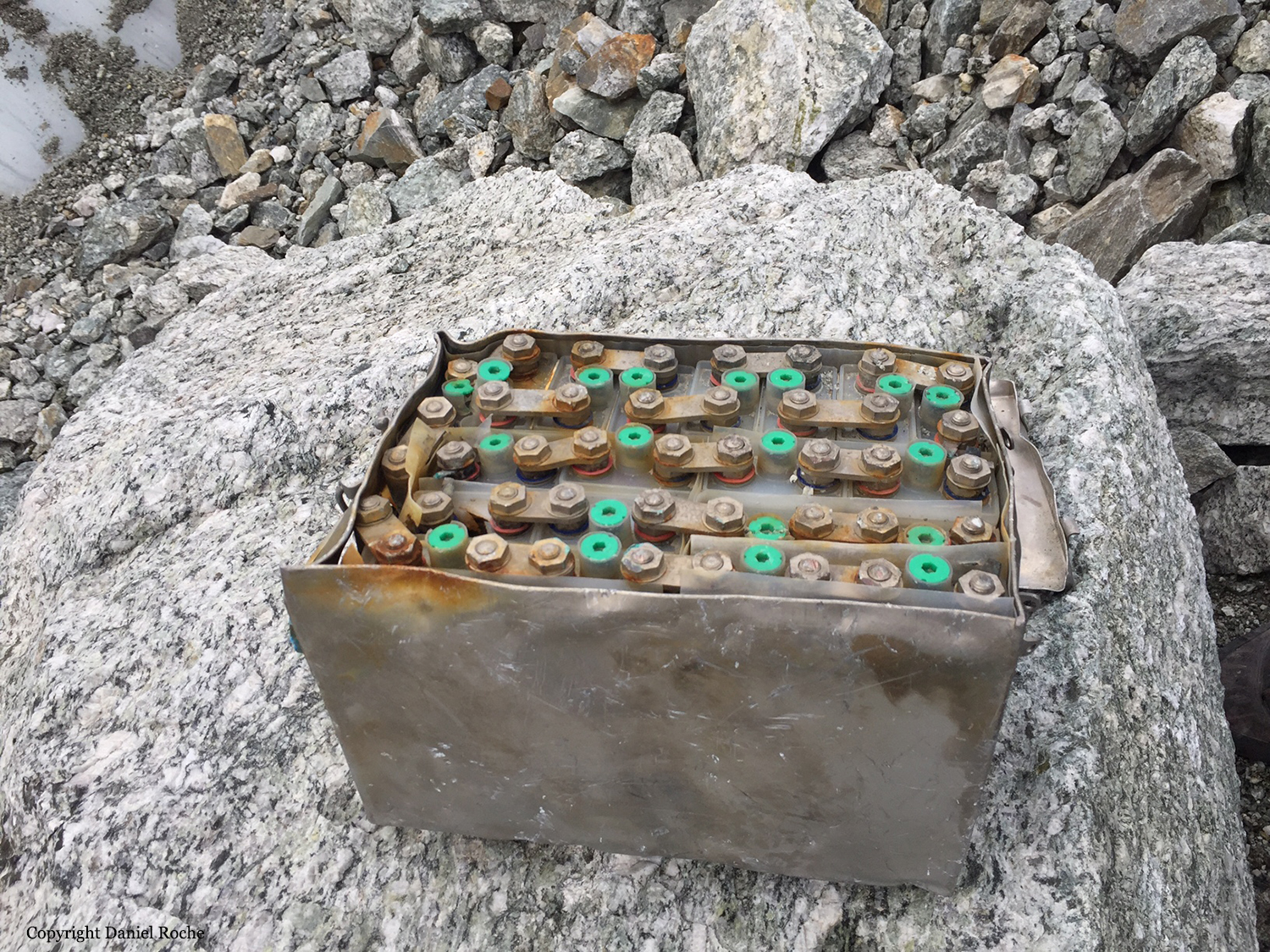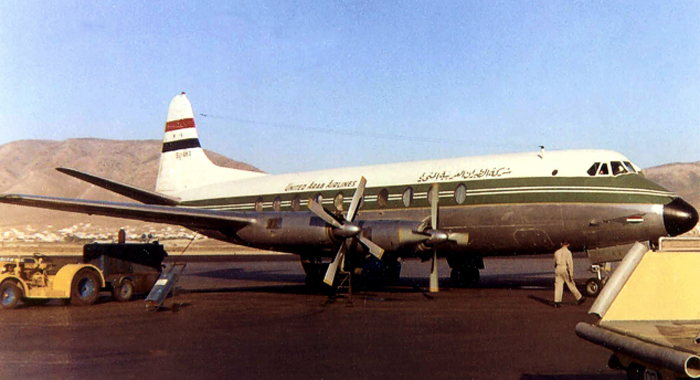Ground explosion of a Boeing 707-321B in Rome: 33 killed
Date & Time:
Dec 17, 1973 at 1300 LT
Registration:
N407PA
Survivors:
Yes
Schedule:
New York - London - Rome - Beirut - Tehran
MSN:
18838
YOM:
1965
Flight number:
PA110
Crew on board:
11
Crew fatalities:
Pax on board:
166
Pax fatalities:
Other fatalities:
Total fatalities:
33
Circumstances:
While parked at Rome-Fiumicino-Leonardo da Vinci Airport and ready for departure, the aircraft was attacked by six members from a Palestinian terrorist group. Shots burst with police forces and several grenades detonated, causing the aircraft to catch fire. 15 occupants were seriously injured while 129 others were unhurt. Unfortunately, 33 passengers were killed during this terrorist attack.
Probable cause:
Terrorist attack.
Final Report:
